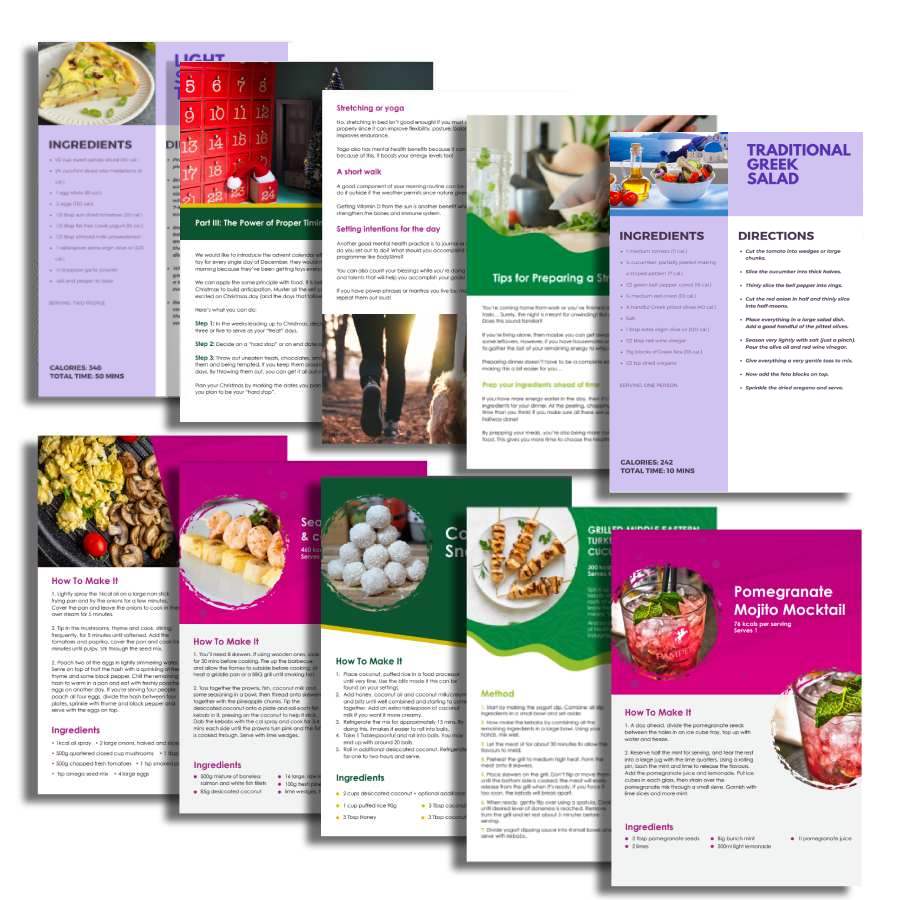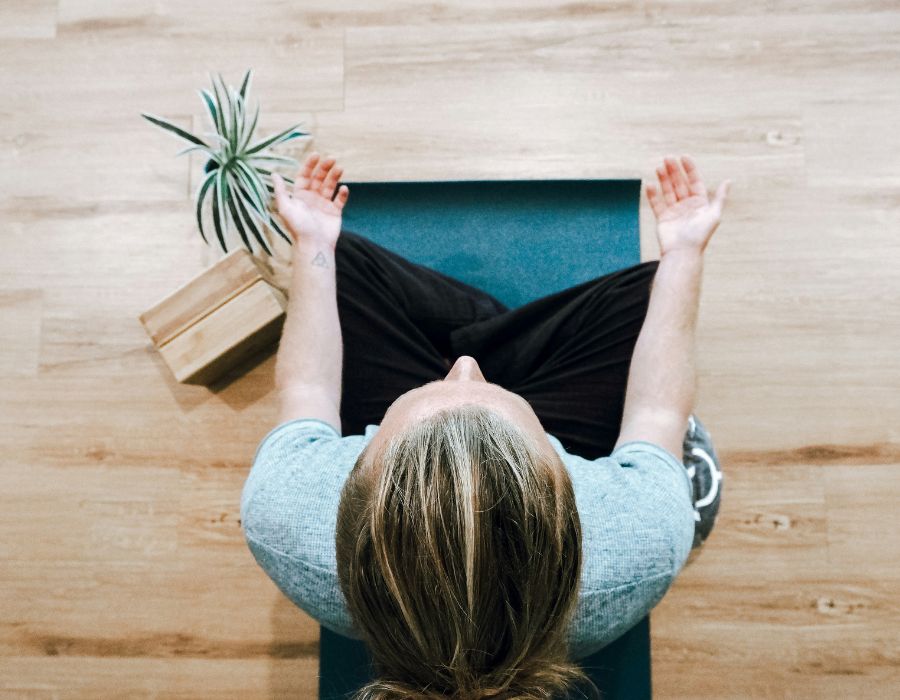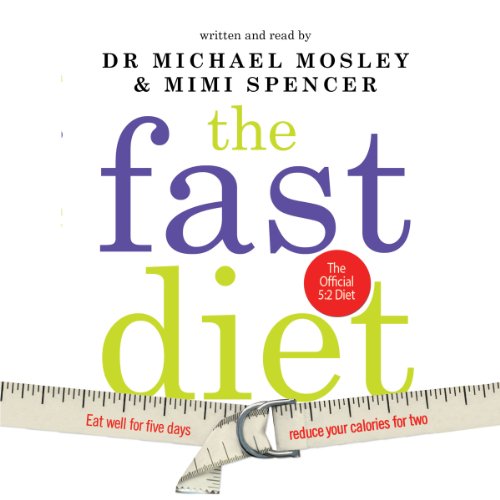If you want to lose weight in a healthy way, here’s some tried and tested approaches that don’t involve injections …
The demand for weight loss injections has surged, reportedly by 3,900 per cent already this year, with a recent survey revealing that 24 per cent of people would use weight loss jabs if they were provided free by the HSE (amplified by social media, of course). While this spike in interest marks a positive step in weight management, particularly towards the obesity epidemic, it’s important to remember that any medication works best when combined with balanced nutrition and regular exercise. It’s also important to note that there are alternatives that are as effective in the longterm, with a more natural, gentler approach.

WHAT: BodySlims
WHO: Founded by Gerard Moran, a peak performance coach, who is known as “the Weight Whisperer.”
HOW: The premise of this ten-week course is “changing bodies by transforming the mind”. The course fee of €250 includes seminars, a calorie-controlled personalised diet plan, weekly support emails, short motivational videos every morning and evening, as well as lots of tips, feedback and fitness routines. The idea is stay in your calorie allowance and walk one hour per day.
IN REALITY: Ger is predominantly a coach, focusing on changing your habits toward food and exercise. No food group is banned, but you need to be dedicated and prepared. Daily tasks include tracking your food and exercise, plus a weekly seminar to keep you motivated. Ger’s mantra of, “It’s simple, but it’s not easy” rings true!
VERDICT: It definitely works, according to a friend, who lost 20lbs and kept the weight off. @bodyslims_

WHAT: Unislim
WHO: Founded in 1972, Unislim is a family-run Irish brand with a focus on eating better, not less. Its CEO Fiona Gratzer, a certified nutritionist, qualified personal trainer and health coach, is passionate about helping people achieve longterm wellness.
HOW: A balanced, no-fuss approach to healthy living: 3 nourishing meals, 2 snacks a day and a supportive community to keep you on track. Members join weekly meetings for meal plans, educational talks, advice and support.
COST: In-person membership costs €12.50 per week. Online memberships are €39 per month.
IN REALITY: With 53 years of expertise, Unislim is not about fad diets. It’s all about lifelong success and a community that has your back. Fiona’s latest cookbook, The 30-Day Diet, harnesses gut-friendly foods to boost health and weight-loss. @unislimclubs

WHAT: Hypnotherapy
WHY: Proven to be very effective for managing stress as well as self-esteem issues, insomnia, chronic pain and weight loss.
HOW: Often misunderstood, this technique has nothing to do with being in a trance, but instead focuses attention. Akin to “getting lost” in a show or book, your therapist should begin by explaining how hypnosis works and then go over your personal goals. They may decide to incorporate some complementary disciplines such as mindfulness techniques and CBT (cognitive behavioural therapy) to create new positive behaviour patterns.
IN REALITY: I was sceptical until I tried it a few years ago. Like many people, I have a tendency to “eat my emotions” but my goal was more about body confidence than losing weight (I never weigh myself on a regular basis). To me, it felt more like a state of relaxation than “being under” with visualisation techniques and guided meditations part of the process.
VERDICT: After a few sessions, many friends asked if I’d lost weight. I hadn’t altered my diet, but was perhaps more active and (subliminally) mindful of food choices. I would definitely recommend it. However, like any patient-doctor relationship, it’s about chemistry. You may respond to one therapist’s voice and techniques better than others. I also read several books by hypnotist Paul McKenna (his latest is Power Manifesting), which provide interesting insight.
COST: Can vary depending on the number of sessions, usually around €100.

WHAT: Pure Results
WHO: Kathryn Thomas
HOW: The RTE presenter and fitness guru is behind the Pure Results team, which is focused on teaching, motivating and supporting. In essence, Kathryn is like a cheerleader and her residential courses kickstart a new mindset by goal setting, mindfulness and having some fun in the process!
WHEN: Kathryn is leading a Wellness Weekend at The K Club in Kildare in March (€495) with the promise that participants will leave feeling “refreshed, rejuvenated and confident” from a combination of coaching and use of the facilities. Twin rooms cost from €495 per person sharing. Kathryn is also leading a similar immersive retreat at Armada House in Clare in April, which includes five days of hiking, swimming and yoga to leave participants feeling re-energised. There’s a Pure Sun retreat in Portugal in May to focus on a new fitness routine and fat loss.
VERDICT: Kathryn’s grounded approach has won her a legion of fans. Her classes and courses are suitable for all levels of fitness and age. The bonus is that many people not only lose weight, but make new friends along the way. @pureresults.ie

WHAT: Intermittent fasting
WHO: The late (great) Michael Mosley’s book The Fast Diet propelled this approach to weight loss into the spotlight in 2013. I also recommend nephrologist Dr Jason Fung’s book The Complete Guide to Fasting and Mark Mattson’s The Intermittent Fasting Revolution.
WHAT: Devotees are often evangelical and include celebrities such as Jennifer Aniston, who said she noticed a big difference going without solid food for 16 hours. It’s definitely a tool to help reboot your metabolism and give your digestive system a break.
HOW: The main premise is to eating within a timeframe in order to allow the body to burn fat more efficiently. We burn fat for energy when glucose is not available, so restricting food intake for longer periods of time leads to burning fat reserves (called metabolic switching).
IN REALITY: Intermittent fasting is just that: intermittent. Some people pick one day a week to fast, others eat their normal healthy foods for five days and then restrict their calorie intake to 500-600 calories per day for two days. Others fast for the morning or from early evening. I found the 16/8 rule to be the most effective and easiest to stick to. So-called “cheat days” are also allowed.
VERDICT: A friend discovered IF by accident years ago, eating between 12-8pm. It was only when she went to the Buchinger Wilhelmi fasting clinic that she realised it was a scientifically-proven method to lose weight. She’s now 57 and has maintained the same weight her whole adult life.

What: Keto
HOW: A low-carb, high-fat diet that induces ketosis, where the body burns fat for energy instead of carbohydrates.
IN REALITY: A colleague started the Keto diet last year, guided by a nutritionist who created a carefully tailored plan. She was excited to eat foods like red meat and full fat dairy without guilt. Sticking to the plan wasn’t difficult, but involved weekly meal prep to stay on track. She enjoyed 80% dark chocolate for a treat, but she soon noticed a dip in energy levels, especially during exercise. She lost 13 pounds in a month, but put the weight back on when she started eating carbs again. Like the once popular Atkins Diet, both can cause high cholesterol, so seek medical advice before going down this path.

WHAT: The Hay Diet (aka the Food Combining Diet)
WHO: This diet was originally developed in the 1920s by US physician William Howard. His premise was that we should avoid combining “foods that fight” such as carbs and proteins, thus improving digestion and weight loss.
HOW: The diet was big news in the early ’90s when some restaurants even advertised food combining menus. Proponents at the time included nutritionists Doris Grand and Kathryn Marsden, who each wrote a series of bestselling books including Food Combining in 30 Days and The Food Combiner’s Meal Planner. Their diets are not about counting calories or forbidding foods. Some of the essential rules: avoid combining starches and proteins; avoid combining different types of protein; consume dairy products only on an empty stomach and only eat fruit on an empty stomach, especially melons. Some alternatives also classify foods as acidic, alkaline or neutral.
IN REALITY: It’s not a quick fix, but once you get you get your head around the concept I found it was easy and flexible to implement. I upped my protein intake with vegetables and salads, while isolating carbs. I found menu planning and shopping ahead helped. It does not preclude ‘dining out’.
VERDICT: I dropped a dress size when I tried it many years ago. I still dip in and out of Kathryn’s (well worn) book for useful health tips and recipe inspiration, especially her overnight oats for breakfast.

WHAT: Walking!
HOW: Bundle up and embrace the elements for a quick 20-minute circuit. No gear is necessary other than an optional podcast.
WHY: Research has shown that walking improves mental and physical health by lowering blood pressure and helping to build stronger bones. Walking twice a day will keep the calories at bay and also lead to better quality of sleep.
VERDICT: A cheaper solution to often pricey workout classes, I particularly enjoy the “dog walking diet“ but beware tucking into post-walk treats for both you and your pooch …











